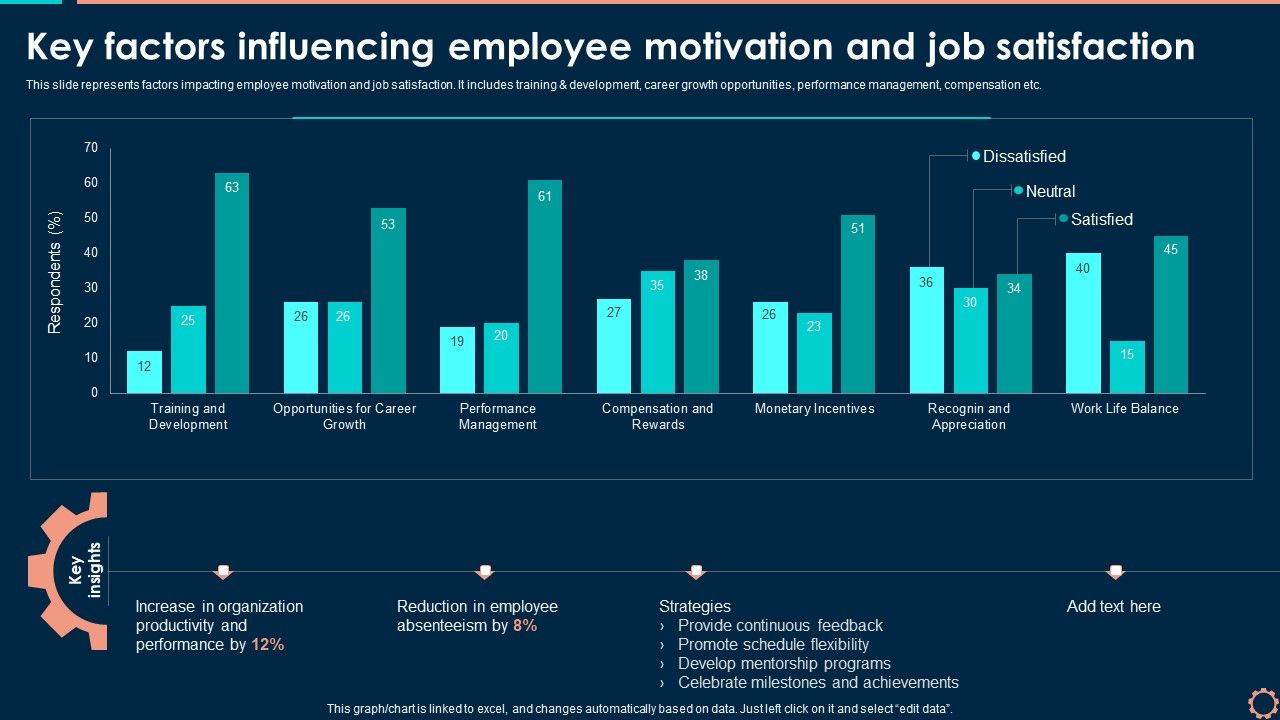Rumble trainers are the dynamic coaches behind one of the most engaging and high-energy fitness experiences today. They lead participants through intense workouts that combine boxing and conditioning, creating a unique fitness atmosphere that’s both challenging and exhilarating. But what does it take to become a Rumble trainer, and how do their salaries compare to those of other fitness professionals? In this post, we'll dive into the earnings of
Overview of Trainer Compensation in the Fitness Industry

The fitness industry has grown exponentially in recent years, leading to a diverse range of salaries for trainers. While some personal trainers can earn a decent living, many others work on a pay-per-session basis, which can be quite variable. Here’s a closer look at the compensation structure for trainers, specifically focusing on Rumble trainers:
1. Base Salary vs. Commission:
- Base Salary: Many trainers, particularly those in established gym chains or fitness studios like Rumble, may receive a base salary. This ensures a steady income, regardless of the number of clients.
- Commission-Based Pay: Some trainers earn commissions based on the number of sessions they conduct or memberships they sell. This model can lead to higher earnings for trainers who can attract and retain clients.
2. Factors Affecting Salaries:
Several key factors influence how much Rumble trainers earn:
- Location: Salaries tend to vary significantly depending on the geographical area. Trainers in metropolitan areas with higher costs of living often earn more.
- Experience and Certification: Experienced trainers with specialized certifications can command higher salaries. Rumble trainers who also have backgrounds in boxing or sports may stand out to potential clients.
- Client Base: Successful trainers often have a loyal clientele, impacting their overall earnings. Building a strong reputation in the community is crucial.
- Hours Worked: Naturally, the more sessions a trainer holds, the higher the earnings. Many trainers supplement their income by diversifying their services, such as offering private lessons or small group training.
3. Average Earnings of Rumble Trainers:
While specific data on Rumble trainer salaries may not always be readily available, average earnings can range widely. Typically, personal trainers earn between $30,000 to $70,000 annually. However, with the right tools, clients, and dedication, Rumble trainers in bustling urban areas can exceed these figures.
4. Benefits Beyond Salary:
In addition to direct compensation, many trainers receive benefits such as:
- Health and wellness benefits, including gym memberships
- Paid time off or vacation days
- Opportunities for career advancement and ongoing education
In conclusion, while Rumble trainers can find themselves in a lucrative position within the fitness industry, their earnings are largely influenced by their skills, location, and commitment. Understanding these factors can empower trainers to maximize their potential and success in this vibrant field.
Also Read This: How Do I Watch Rumble? Exploring Ways to Access Rumble’s Content
3. Average Salary of Rumble Trainers
When it comes to understanding the earnings of Rumble trainers, it’s essential to note that salaries can vary quite a bit based on various factors. On average, Rumble trainers can expect to earn between $35,000 to $70,000 per year. However, some trainers, especially those with more experience or who work in high-demand areas, can earn even more, with salaries reaching up to $100,000 annually.
Many trainers start their careers earning around $35,000 to $50,000, which is fairly standard for entry-level positions in the fitness industry. As trainers gain experience, clients, and specialty certifications, their earning potential typically increases. Seasoned trainers who have developed a loyal client base and have strong reputations can command higher fees for their classes and training sessions.
Here’s a quick breakdown of salary averages by experience level:
- Entry-Level Trainers: $35,000 - $45,000
- Mid-Level Trainers: $50,000 - $70,000
- Experienced Trainers: $70,000 - $100,000+
Additionally, many trainers earn commissions or bonuses based on the number of clients they successfully train or the classes they lead. This can add a significant boost to their annual earnings. The structure varies by studio or gym and often incentivizes trainers to provide outstanding service and results for their clients.
Also Read This: Why Isn’t Rumble Working Today
4. Factors Influencing Rumble Trainer Earnings
Understanding what influences Rumble trainer salaries is key to grasping the broader picture of income potential in this field. Here are some of the primary factors:
- Experience Level: As with many professions, the more experience you have, the more you can typically charge. Experienced trainers often have established reputations and a loyal client base, leading to higher earning potential.
- Location: The geographic area where a trainer operates can significantly impact income. Trainers in metropolitan areas or regions with a high cost of living usually earn more compared to those in smaller towns or rural areas. For instance, trainers in cities like New York or Los Angeles may earn upwards of 20%-30% more than their counterparts in smaller towns.
- Specializations: Trainers who possess specific certifications or specialize in high-demand areas—such as sports performance, rehabilitation, or nutrition—often command higher fees for their services. The ability to offer niche training programs can significantly boost a trainer's income.
- Client Base: The size and loyalty of a trainer's client base can dramatically influence earnings. Trainers who manage to build a robust roster of regular clients will enjoy more stable income compared to those who rely on sporadic sessions or walk-ins.
- Type of Employment: Rumble trainers may work as independent contractors, employed by a gym, or running their own business. Independent trainers have the potential for higher earnings if they successfully build their brand, but also face the risks associated with not having a steady paycheck.
- Sales Skills: The ability to sell fitness packages or upsell additional services can also impact earnings. Trainers who excel at marketing themselves and their services often see higher incomes.
In conclusion, while the average salary for Rumble trainers is a helpful starting point, understanding the multifaceted nature of their earnings is vital. Being aware of these factors can help aspiring trainers navigate their career path more effectively and maximize their earning potential in the fitness industry!
Also Read This: How to Earn Money in Rumble and Start Your Journey Toward Financial Success
5. Additional Income Opportunities for Rumble Trainers
Being a Rumble Trainer isn't just about leading classes and motivating clients; it's an opportunity to diversify your income streams. Here’s a breakdown of some additional income pathways that can help enhance your earnings:
- Personal Training Sessions: Many clients are looking for more personalized guidance. Offering one-on-one sessions or small group training can significantly increase your earnings. These sessions allow trainers to charge premium rates for tailored workouts.
- Online Coaching and Classes: With the rise of virtual fitness, consider creating and selling online classes, workout programs, or even offering virtual coaching sessions. Platforms like Instagram Live or Zoom make this accessible and can attract clients from anywhere in the world.
- Merchandising: If you have a brand or identity as a trainer, selling branded merchandise like gym gear, apparel, or accessories can be a fun way to earn extra money. Not only does this provide additional income, but it also promotes your brand.
- Workshops and Events: Hosting workshops or special events, such as nutrition seminars or unique training experiences, can draw in both existing clients and new faces. These can often be marketed as exclusive events, allowing you to charge higher fees.
- Affiliate Marketing: Partnering with fitness brands or products can be lucrative. If you build an audience on social media or via a newsletter, promoting products you love and earn a commission on sales can boost your income without much additional effort.
These additional income opportunities not only amplify your earnings as a Rumble Trainer but also help you establish a more robust professional presence in the fitness industry. Diversifying your income sources can provide a financial cushion and create a more sustainable long-term career.
Also Read This: What Channel Is WWE Royal Rumble On
6. Tips for Aspiring Rumble Trainers to Increase Their Earnings
So, you’re ready to take the plunge and become a Rumble Trainer? Fantastic! But how do you ensure that your journey leads to financial success? Here are some tips to help you maximize your potential earnings:
- Network Actively: Building a strong network in the fitness community is crucial. Attend industry events, join professional organizations, and leverage social media to connect with other trainers and fitness enthusiasts. You never know where your next opportunity might come from!
- Build a Personal Brand: Creating a unique personal brand can set you apart from other trainers. Share your fitness journey, philosophies, and expertise on platforms like Instagram and TikTok. Consistent content can help attract followers and potential clients.
- Invest in Your Education: Continued education is key in the fitness world. Consider pursuing additional certifications or attending workshops that expand your skill set. Not only does this knowledge enhance your services, but it also justifies higher rates.
- Client Engagement: Foster strong relationships with your clients. Regular check-ins, personalized notes, or additional communication (like a weekly tip email) can improve client retention and encourage referrals. Happy clients are often the best marketers!
- Master Your Schedule: Be strategic about your class schedules and personal training sessions. Consider peak times and the potential for back-to-back sessions. This allows you to maximize your hours and productivity for higher earnings.
By implementing these tips, aspiring Rumble Trainers can set themselves up for success, not just in terms of passion for fitness, but also for financial stability. With determination, creativity, and a proactive approach, you can pave the way for a rewarding career in fitness!
Conclusion: The Future of Rumble Trainers and Earning Potential
As the fitness industry continues to evolve, the role of Rumble Trainers is expected to grow and adapt significantly. With more individuals seeking innovative and dynamic workout experiences, the demand for skilled trainers who can deliver high-energy sessions in unique environments is on the rise. Here are some key factors that are likely to influence the future earnings of Rumble Trainers:
- Market Growth: The overall growth of the health and fitness sector contributes to increased opportunities for trainers. As boutique fitness studios gain popularity, Rumble Trainers stand to benefit from this trend.
- Experience and Qualifications: Trainers with specialized certifications and extensive experience may command higher salaries. Continuous education in fitness trends also enhances earning potential.
- Location: Earnings can vary significantly based on geographic location. Trainers in urban areas or regions with higher costs of living often earn more than those in smaller towns.
- Client Base: Building a loyal client base can lead to greater financial stability. Rumble Trainers who foster strong relationships with their clients can increase their income through referrals and repeat business.
In addition, the rise of digital fitness platforms offers Rumble Trainers the opportunity to expand their reach beyond local studios. By offering online classes and virtual training sessions, trainers can tap into a global market, further enhancing their earning potential.
In conclusion, as Rumble Trainers navigate the dynamic landscape of the fitness industry, their earning potential will likely continue to rise, influenced by various factors including market demand, personal branding, and adaptability to new training formats.
 admin
admin








